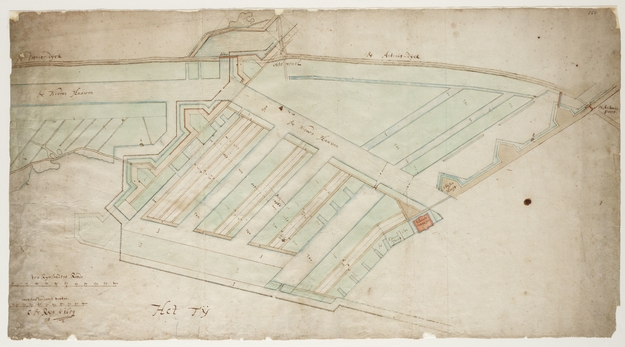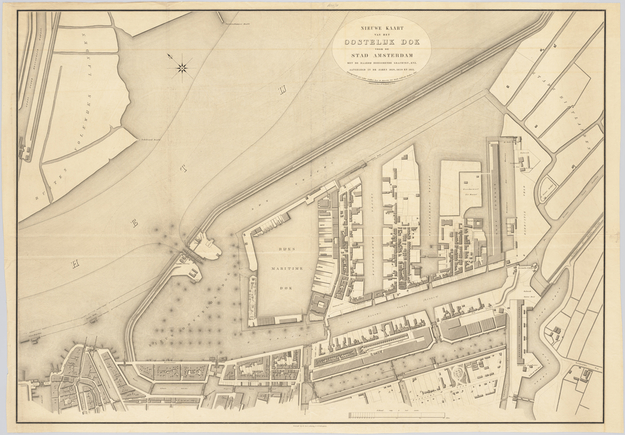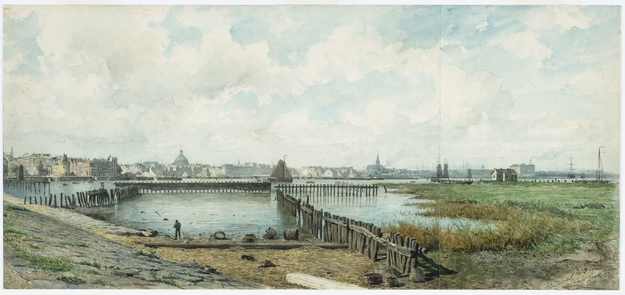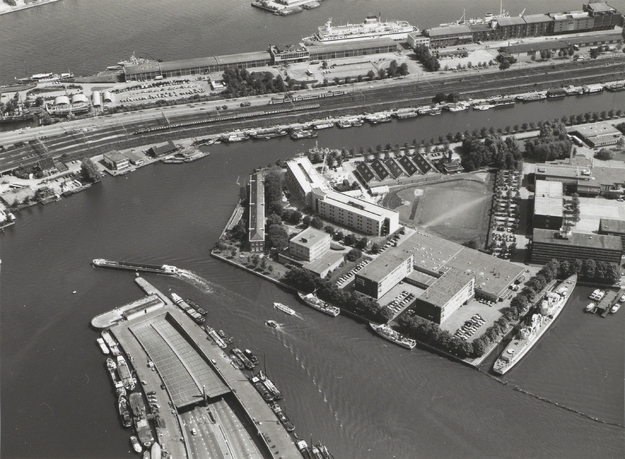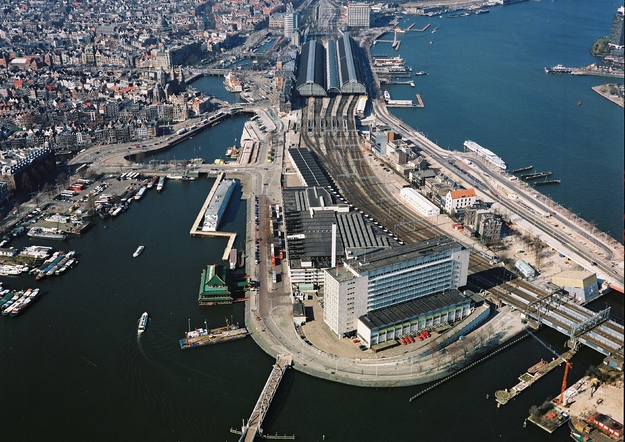Oosterdok is a body of water in Amsterdam. Nowadays, the eastern dock plays a crucial role in adorning the Amsterdam skyline. It features proud contemporary architecture that stand stark against the pre-modern city’s core: the NEMO science museum, the Muziekgebouw, and the OBA library, to name a few. These buildings also mark a relatively recent growth of this area that stimulates the city, both economically and socially. But the development of the area was not always as rapid.
The general parameter of Oosterdok as we know it today begins in conjunction with the building of the Oosterdoksdam in 1830-32. However, that is not to say that the history of the area itself began in the 19th century. Like most of the eastern area, the dock was already absorbed into the Amsterdam city walls by the 17th century; but what is to become today’s Oosterdok remained under-developed for several centuries. This is due to the rise is London’s popularity as Northern Europe’s trading hub. With the deflating demand for building land in Amsterdam, it was not until the 19th century that development in the area started picking up again.
But dig in even deeper and what unearths is the Oosterdok’s role in the city’s expansion during the height of Dutch colonial period. The eastern dock witnessed the to-and-fro of people, items, and ideas, between the world and Port of Amsterdam. The dock itself is between two relevant sites: East India Huis (Oost-Indisch Huis): the first purpose-built infrastructure specific to the Dutch East India Company (VOC), and the no-longer-extant East Indian Naval warehouse (Oost-Indisch zeemagazijn). Both sites would have stored imported and exported goods and cargo as a result of the VOC’s activities. And this is only the tip of the iceberg in terms of Oosterdok’s long history.
What is most inviting of new ideas here is the different approaches available to examine Oosterdok’s interesting histories. A particular discipline of interest for us: what could be said about its olfactory history?
